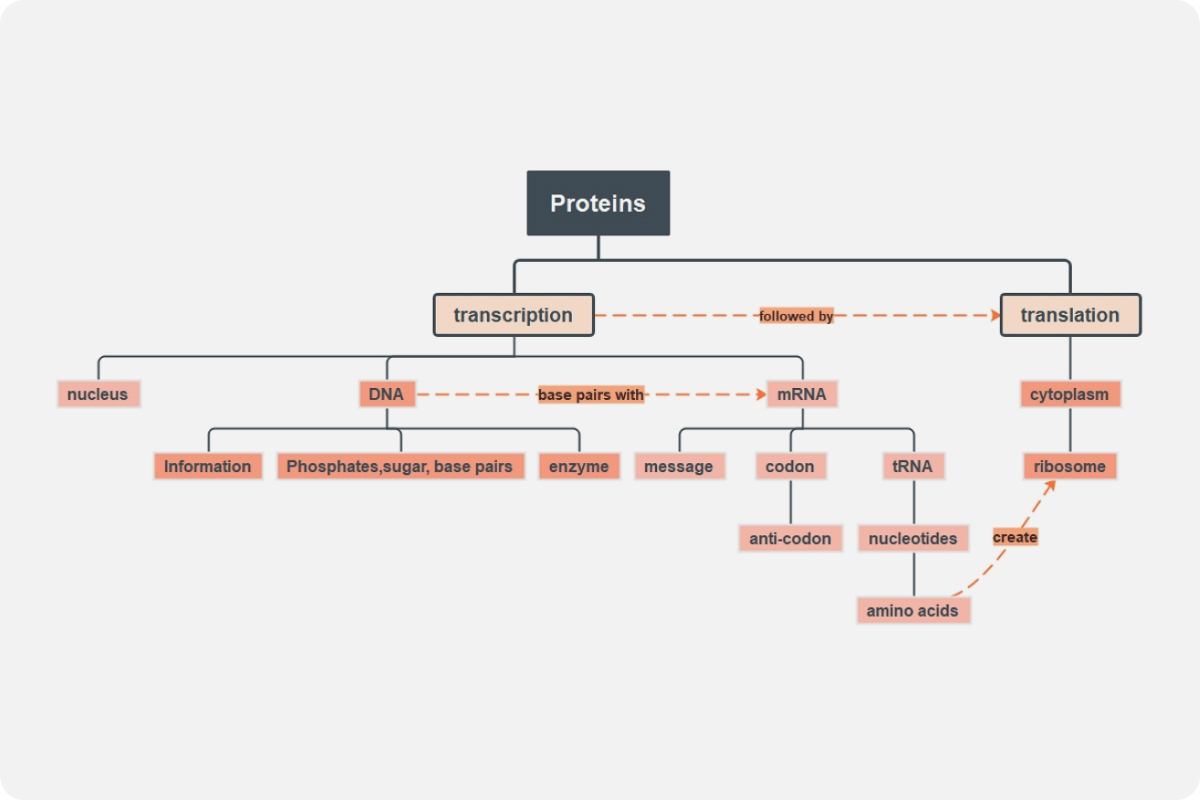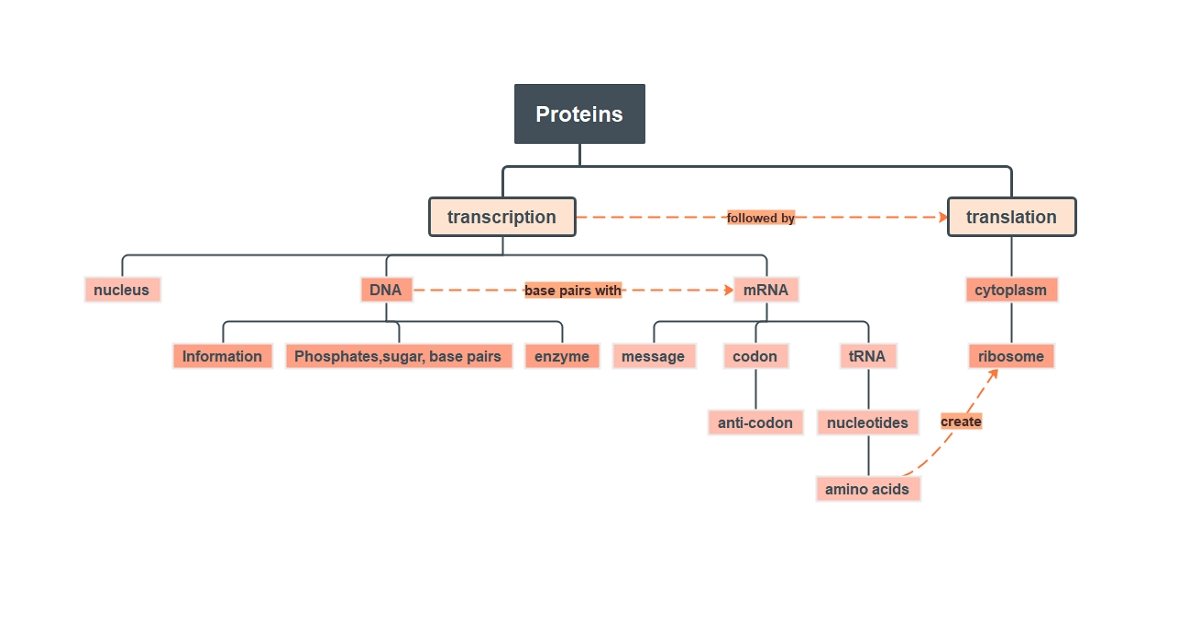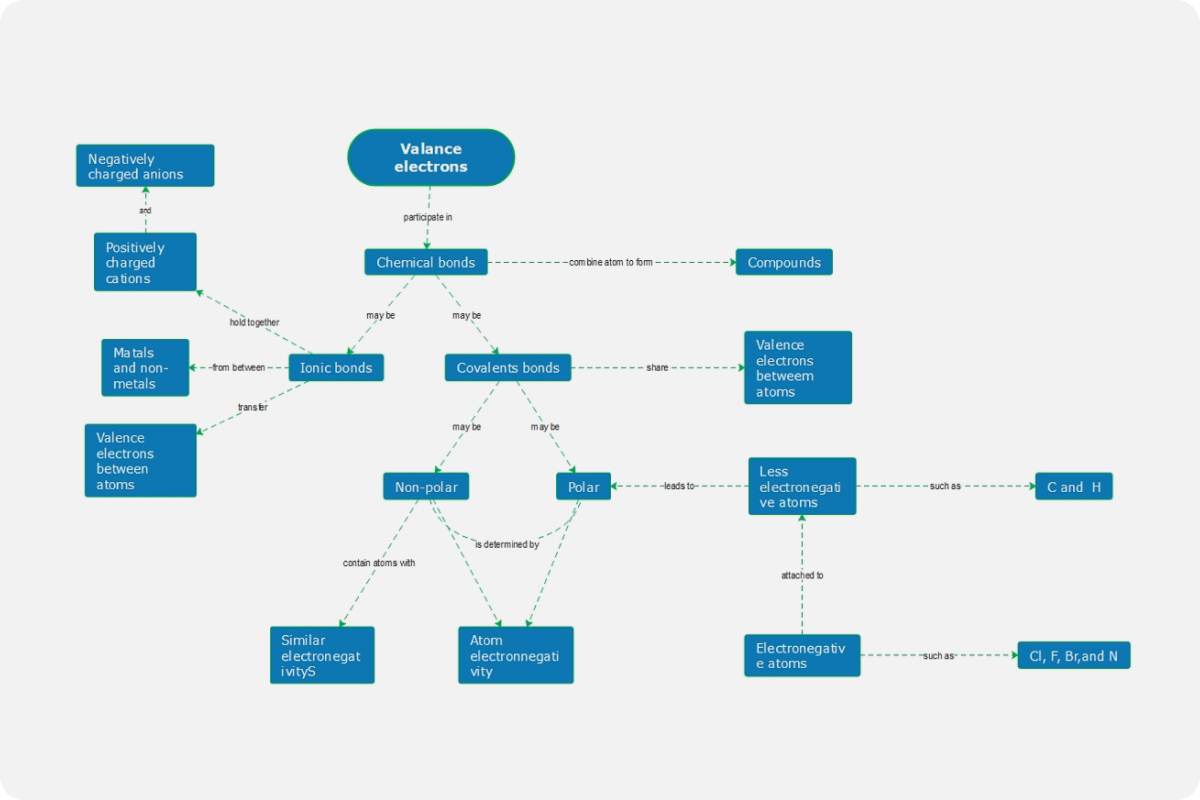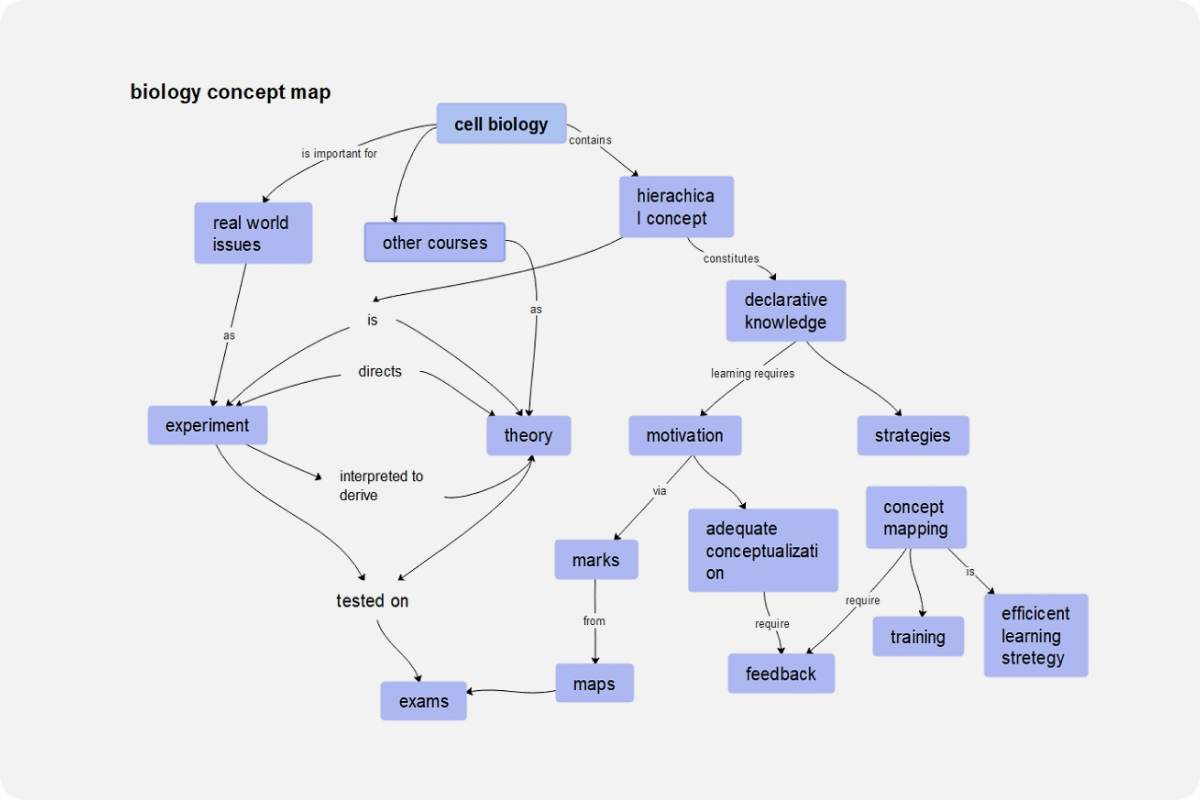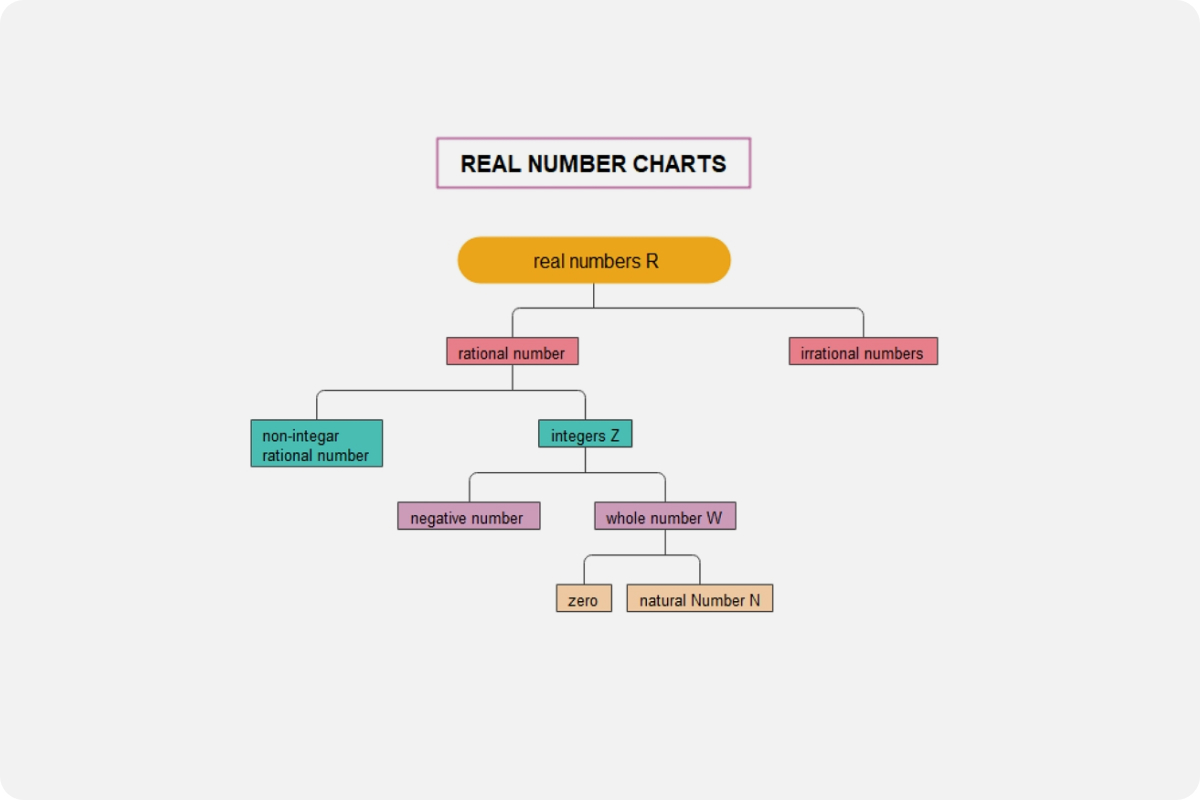What is protein?
Proteins are known as the end products in the decoding process that begins with cellular DNA information. Proteins are the powerhouses of the cell, forming structural and motor components and serving as catalysts for nearly every biochemical event that happens in living organisms. A breathtakingly basic code defines a highly diversified range of structures, resulting in an astonishing diversity of functions.
Each gene in cellular DNA encodes for a distinct protein structure. These proteins are made up of a range of amino acid compositions, as well as various bonds that hold them together and fold them into diverse three-dimensional shapes.
Nutritional value of protein
A protein's nutritional value is determined by the number of essential amino acids it contains. Essential amino acids are found in varying levels in various diets. Protein is an essential component of a balanced diet. Amino acids are chemical 'building blocks that make up proteins. Amino acids are used by the body to create and repair muscles and bones, as well as to generate hormones and enzymes.
- Animal products like chicken are classified as 'complete' proteins because they include all of the required amino acids (or ideal or high-quality protein).
- All of the necessary amino acids may also be found in soy products, quinoa, and the seed of a leafy green called amaranth, which is mostly eaten in Asia.
- Plant proteins such as lentils are frequently incomplete proteins because they lack at least one necessary amino acid.
Protein is a nutrient that your body requires to grow, repair, and function effectively. Protein may be found in a variety of foods, and it's critical to consume enough protein in your diet daily. The amount of protein you require in your diet is determined by your size, gender, age, and fitness.
What are proteins made of?
Proteins are made up of amino acids that are approximately twenty in number, each with its side chain. Amino acid side chains have a variety of chemistries. Nonpolar side chains make up the majority of amino acids. Other amino acids contain positively or negatively charged side chains, while others have polar but uncharged side chains. Because amino acid side chains may link with one another to retain a length of protein in a specific shape or conformation, their chemistry is crucial to protein structure.
The folding and intramolecular binding of the linear amino acid chain, which ultimately determines the protein's distinctive three-dimensional form, is driven by the main structure of a protein — its amino acid sequence. Certain folding patterns are occasionally caused by hydrogen bonding between amino groups and carboxyl groups in nearby sections of the protein chain.
Why is a concept map important?
Concept maps are diagrams that depict how concepts are related to one another. Ideas are expressed as nodes in a concept map, and connections between them are shown as links with descriptive labels. Concept maps can range in size and complexity from vast and sophisticated to tiny and basic. Concept maps may help you capture, express, and clarify complicated concepts. A concept map can even be used to define what a concept map is.
This is why making concept maps might be beneficial to your learning. In reality, concept maps aid learning in at least three ways. Concept maps may help you have a piece of better knowledge, be more realistic about what you might or might know, and find out what you need to learn more about.
Protein concept map examples
Example 1
Concept maps to help you better grasp the material you're learning. The relationships are shown using concept maps. You're more likely to grasp and retain the ideas if you've formed connections like that. Just like the following example, where the protein is defined with straightforward and concise keywords to better understand the concept. This visual learning and concise thread of words will help students in learning and remembering everything clearly.
Example 2
Including concept maps in your study regimen is a pretty easy method to try out new ways of studying. You may have already started scribbling nonsensical doodles on your notes. Instead, create an idea map. As the following example of protein synthesis, you can easily remember or teach protein synthesis without creating excess confusion. This method of learning has concise knowledge on the topic without the over-sharing of facts. The protein concept map will create clear concepts of what protein synthesis is, its functions, and its importance in the easiest way possible.

Source: goconqr.com
Why EdrawMind?
EdrawMind is a full-featured collaborative mind mapping and brainstorming tool. It is convenient and helpful for you to use EdrawMind to sort out your thoughts, visualize ideas, take notes, plan projects and more importantly, find solutions to problems.
Users are allowed to insert different kinds of objects into topics and mind maps in EdrawMind, including relationship line, boundary, callout, summary, mark, clip art, picture, hyperlink, attachment, note, comment, and tag. EdrawMind offers you a simple way to create mind maps on Windows, macOS, and Linux. Download the desktop version and try the free online version now!
22 structures & 47 themes & 750+
cliparts
Support Win, Mac, Linux, Android, iOS
Advanced import & export options
On-premises software for business
Enterprise-level data security
12 structures & 33 themes & 700+
cliparts
Access diagrams anywhere, anytime
Templates Gallery
Team management & Project management
Real-time Collaboration
